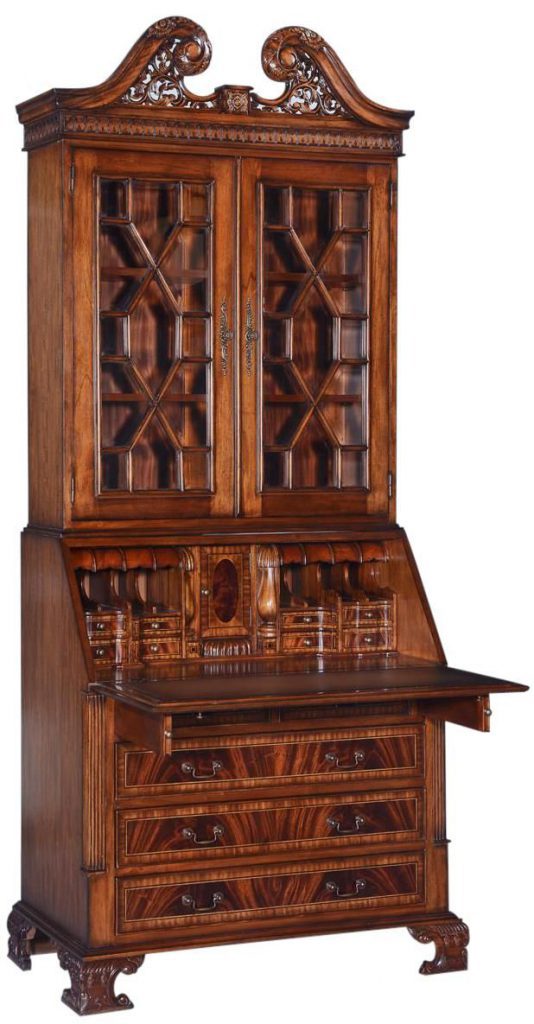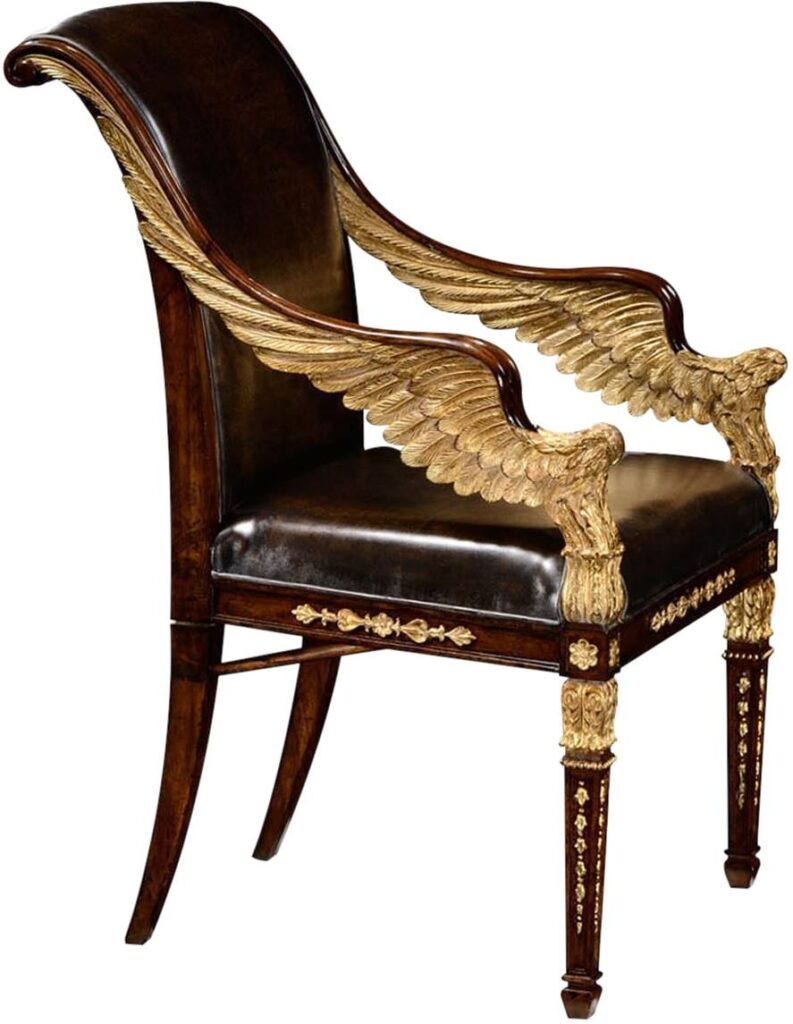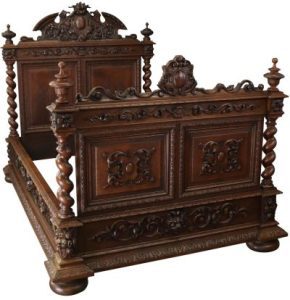Mini Cart
EuroLux Home
Exploring Antique Furniture and Home Decorating Ideas

5 Tips for Caring for Antique Furniture
With winter putting the shivers on everyone, I thought I'd take a moment to give you some tips on how to care for and protect your antique furniture from the vagaries of humidity fluctuation. If you're looking for tips for caring for antique furniture, you've come to the right place. First, a bit of background.

As most of us don't live in museums, with humidity-controlled environments, it's important for you to be mindful of how rising and falling humidity levels can affect your antique and reproduction furniture. Caring for antique furniture requires the right environment. Did you know relative indoor humidity levels can fall as low as 30% when the furnace cranks up and can rise to 80% indoors during the summer? The wood in your furniture will naturally expand and contract with these fluctuations. That's not a bad thing, in and of itself. In fact, you should see natural wood shrinkage at the joints of antique furniture. If you don't, you're probably looking at a reproduction!
Still, all that expansion and contraction of the wood in antique and reproduction furniture can have negative consequences, such as split panels and crackled finishes. Here are five tips to help your furniture survive normal indoor humidity fluctuations.
1. Buy high-quality, expertly made furniture. Some people believe any antique piece is "high quality," but that is not necessarily the case. When you buy fine antique furniture on the internet or in a gallery, always closely inspect the construction of the piece and ask the seller to show you what makes it a quality item. The same goes for reproduction furniture. Expert woodworkers understand wood shrinks in the direction of the grain, so pieces should be cut and fitted in order to allow the wood to expand and contract at the joints. If the panels cannot move naturally at the joints, they may crack in half.

In this video, I talk a little bit about how to evaluate an antique French Hunting buffet for its quality of construction.
2. Keep your fine furniture out of direct sunlight and away from heat sources. Never place a piece of antique or high-quality reproduction furniture next to or on top of a heat register. This will cause the wood to dry out even more than it usually would. Exposing furniture to sunlight can cause the finish to deteriorate rapidly, which can allow still more moisture exchange between the environment and the wood.
3. Stabilize the finish with paste wax. As furniture ages, its finish naturally becomes brittle and microscopically pitted. You can help your furniture age gracefully by cleaning it with a gentle soap (like Murphy's Oil Soap; allow the piece to dry thoroughly after this step), abrading it with 4x 0000 steel wool if the finish has become dull and hazy, and applying a good paste wax (we like TLC wax) using 0000 steel wool. Allow it to dry, then buff it. You'll get a good arm workout! Or you can use a buffer attachment for your power drill. You only need to wax your furniture every one to three years, depending on its condition and the humidity levels in your home or region.
4. Use a humidifier. If you live in a very dry climate, you can try to lessen relative humidity fluctuations indoors with a humidifier. However, don't place any piece of fine antique or reproduction furniture too close to a humidifier. This can cause the wood to absorb too much moisture.
5. Avoid common spray products for "dusting and polishing." You know the ones we're talking about! These popular products will only serve to cause buildup on your furniture's finish, and they actually attract dust! Not what you want, right? Instead, just dust your fine antique furniture with a very slightly damp cloth or feather duster. Caring for antique furniture takes discipline sometimes, but it's worthwhile!
I hope you find these tips helpful for preserving your antique and high-quality reproduction furniture so you can pass it down through generations to come! If you'd like to learn how to care for leather upholstered furniture, check out our post here!





1 Comment